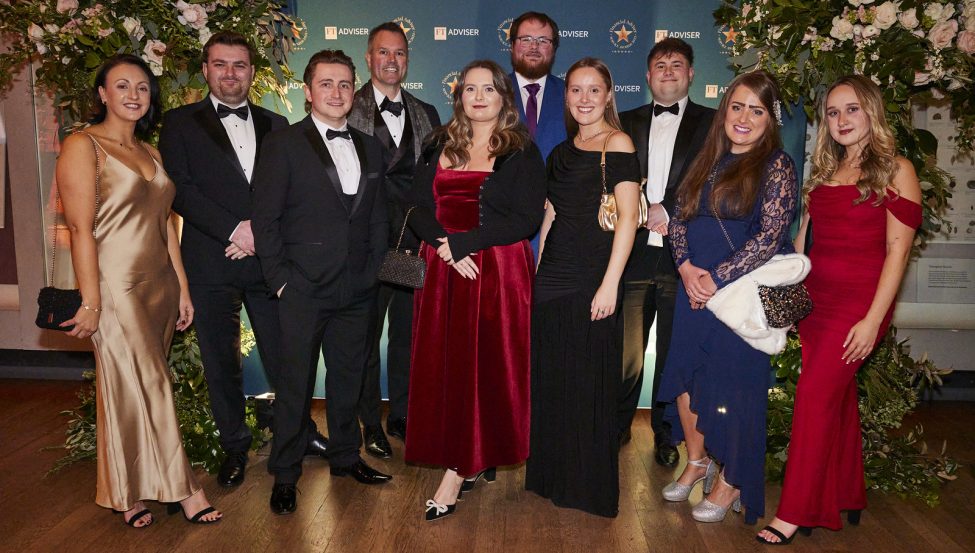The role of ISAs in retirement planning
ISAs have long been a favourite savings vehicle in the UK, but many people don’t fully realise their potential as part of a comprehensive retirement strategy.
Offering tax-free growth and a range of access options, ISAs can complement your pension savings, provide an accessible income source, and even help with inheritance planning. Here’s how ISAs fit into retirement planning and why you should consider them.
What are ISAs?
ISA stands for Individual Savings Account. They come in two forms – Stocks and Shares ISAs and Cash ISAs. They’re different from a normal savings account; Stocks and Shares ISAs offer potential tax-free growth, and Cash ISAs allow you to earn interest tax-free. You have an ISA allowance that runs for the tax year. This allows you to save or invest money up to a certain amount without paying Income Tax or Capital Gains Tax on your returns.
You do not pay tax on interest on cash in an ISA or Income Tax or Capital Gains Tax from investments in an ISA. The ISA allowance for the 2025/26 tax year is £20,000 (this is lower for a Lifetime ISA at £4,000).
The main types include:
- Cash ISAs: Simple savings accounts with tax-free interest.
- Stocks & Shares ISAs: Investment accounts that can grow your money over time.
- Lifetime ISAs (LISAs): Designed to help first-time buyers or boost retirement savings (subscriptions are permitted up to age 50).
- Innovative Finance ISAs: Peer-to-peer lending investments.
Advantages of ISAs for retirement savers
Unlike pensions, most ISAs don’t have restrictions on when or how you access your money. This means you can use them to:
- Build an emergency fund accessible at any time
- Supplement pension income during retirement
- Manage tax liabilities by withdrawing funds tax-free
Using a Lifetime ISA to save for retirement
Alongside the standard Cash ISA, the government also introduced the Lifetime ISA. You must make your first payment to a LISA before you are 40, but you can continue contributing until you’re 50 and the government will add to your contributions with an extra 25% tax free.
Remember, you can only invest up to £4,000 a year (equivalent to £5,000 with the 25% bonus) and it’s included in your total £20,000 annual ISA allowance. You must be 18 or over but under 40 to open a Lifetime ISA. You’ll pay a 25% charge if you withdraw money before you’re 60 unless it is to purchase your first home, or transfer the Lifetime ISA to another type of ISA before 60.
While you can’t continue contributing after age 50, you can still earn investment returns. Once you’re 60, you decide how much you want to withdraw and these can be taken completely-penalty and tax-free to boost retirement – regardless of how much it is.
How ISAs fit into a retirement portfolio
A balanced retirement portfolio often includes both pensions and ISAs. While pensions provide valuable tax relief and often employer contributions, ISAs add flexibility and help with tax planning.
Using ISAs to supplement retirement income
In retirement, ISAs can:
- Top up pension income tax-free
- Cover large one-off costs (e.g. home repairs, holidays, gifts)
- Bridge the gap if retiring before State Pension age
- Serve as a “buffer fund” during market downturns if you’re drawing from invested pensions
This flexibility can help retirees control their taxable income by drawing on ISAs in years where other income sources may push them into a higher tax band.
ISAs and pensions serve different roles but having income from both also allows you to smooth your income to remain below certain tax thresholds (like the £12,570 personal allowance or £50,000 higher rate threshold).
ISAs and inheritance planning
ISAs cannot be gifted as their individual to you (remember; they’re Individual Savings Accounts), but you can withdraw from them and gift proceeds to others during your lifetime, helping reduce your estate’s value and potential Inheritance Tax exposure. The rules around gifting can be complex so it is always recommended to speak to your financial adviser before making any big gifting decisions.
Another allowance available is the Additional Permitted Subscription (known as APS). This allows wealth built up in ISAs by your spouse or civil partner to retain its ISA status when they die – allowing you to make contributions to an ISA on top of your normal annual ISA allowance.
While pensions are generally outside your estate for Inheritance Tax purposes (due to change in 2027) ISAs are not and will form part of your estate. This is unless the money is passed onto a spouse or civil partner, where all transfers of wealth are Inheritance Tax-free.
Building a retirement ISA strategy
Here are some tips for incorporating ISAs into your retirement planning:
Maximise allowances
Try to use as much of your £20,000 annual allowance as possible. Couples can shelter £40,000 per year between them.
Use LISAs while eligible
If you’re under 40, don’t miss the opportunity to open a Lifetime ISA. The 25% bonus is effectively free money if you stick to the rules.
Invest for growth
For long-term retirement goals, you can also consider using a Stocks and Shares ISA to invest in a diversified portfolio of funds, shares, or ETFs.
Coordinate with pension contributions
Balance pension contributions (for tax relief and employer matching) with ISA savings for flexibility and early access. Taking money just from your ISAs in the early years of your retirement and drawing on your pension later will leave those savings invested for longer with the potential for improved income down the line.
Final thoughts
While pensions remain essential for retirement planning in the UK, ISAs provide earlier access, can come with withdrawal flexibility, and allow for tax-free income, which can make all the difference in a well-rounded retirement plan.
By combining ISAs and pensions thoughtfully, you can create a retirement income strategy that’s not only tax-efficient but also tailored to your lifestyle goals and timeline.
With investing, your capital is at risk. Investments can fluctuate in value and you may get back less than you invest. This material is not a personal recommendation or financial advice and the investments referred to may not be suitable for all investors.
Tax is subject to an individual’s personal circumstances and tax rules can change at any time.
Pension eligibility and tax rules apply.
ISA eligibility and tax rules apply. You should ensure your contribution does not result in your total ISA contributions within the tax year exceeding £20,000.
The Financial Conduct Authority do not regulate Will Writing, Tax Advice and Estate Planning.
True Potential Wealth Management is authorised and regulated by the Financial Conduct Authority. FRN 529810. Registered in England and Wales as a Limited Liability Partnership No. OC356611.
True Potential Investments LLP is authorised and regulated by the Financial Conduct Authority. FRN 527444. Registered in England and Wales as a Limited Liability Partnership No. OC356027.
True Potential LLP is registered in England and Wales as a Limited Liability Partnership No. OC380771.





